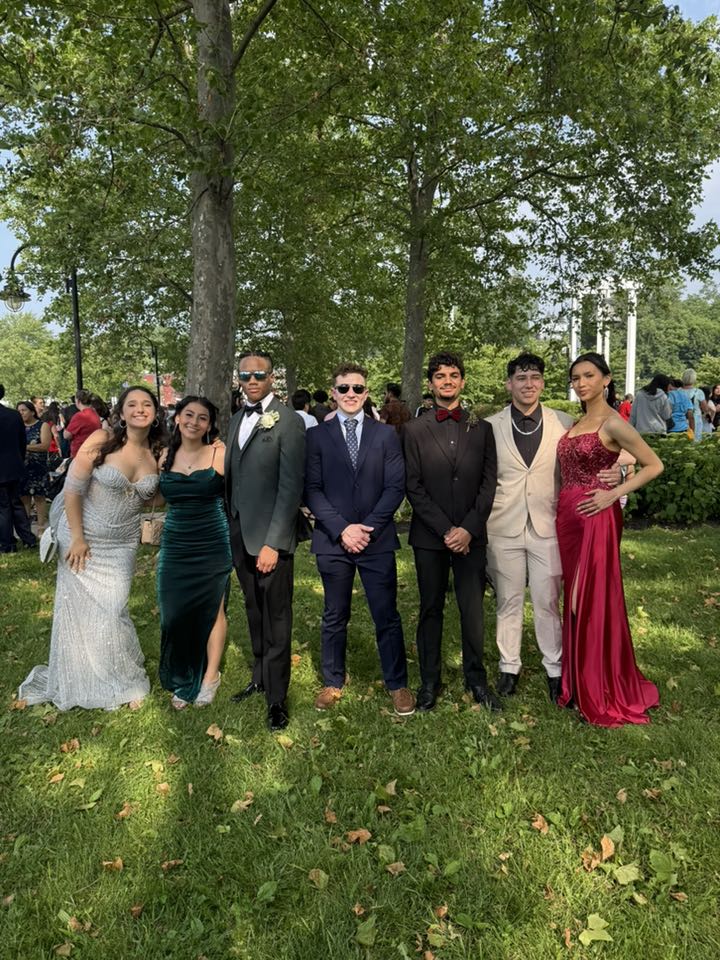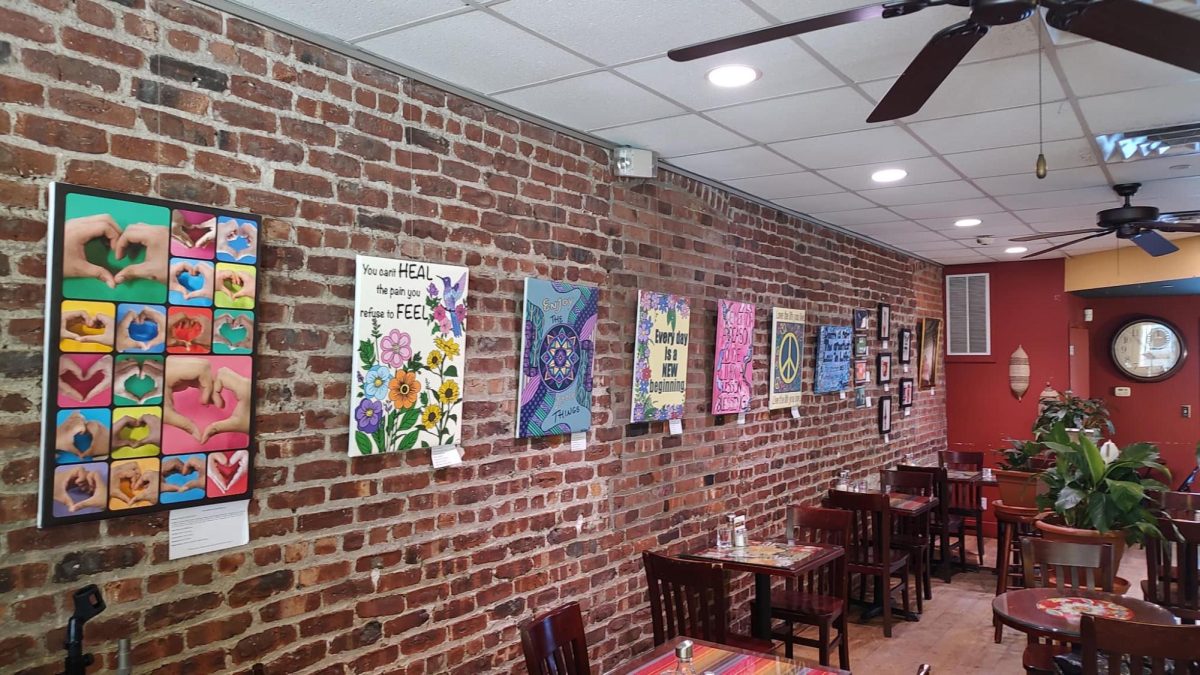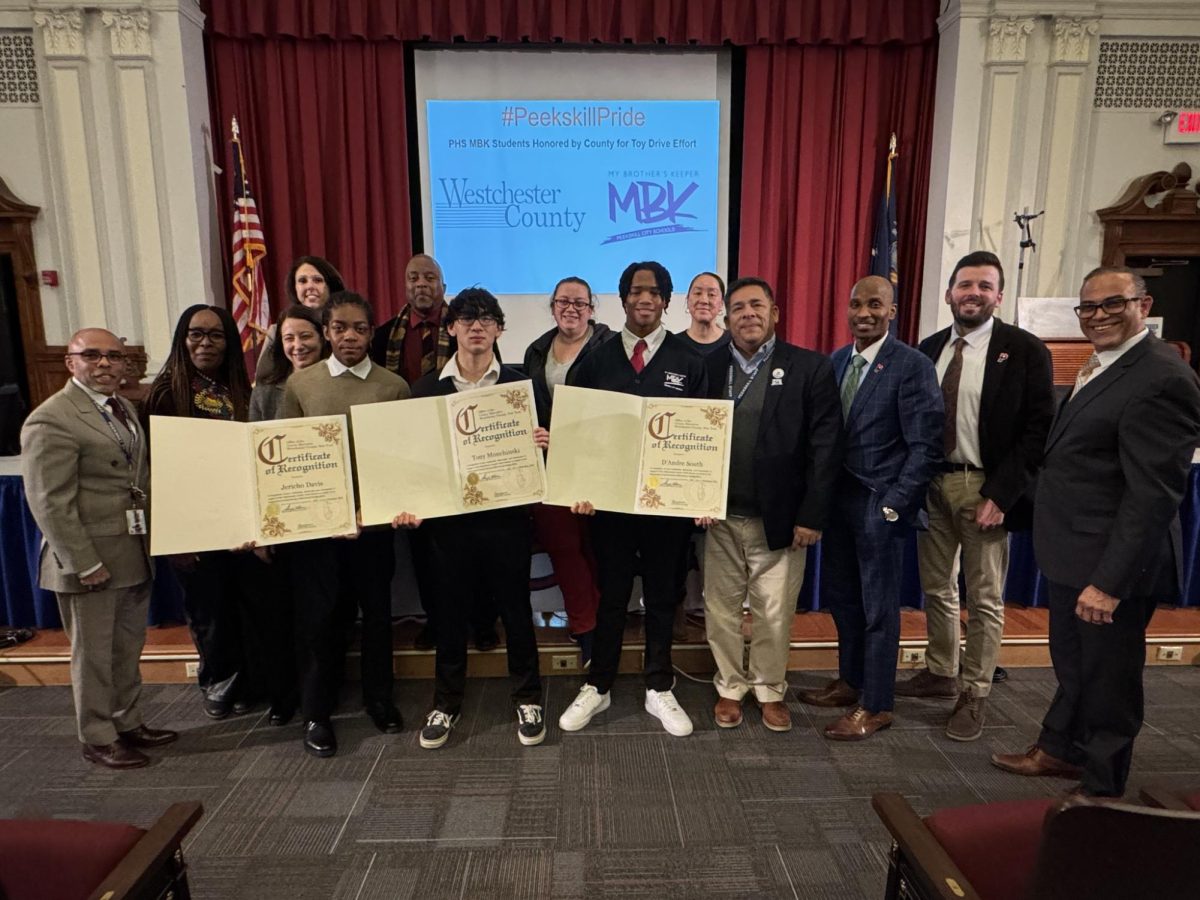You may know Culinary Arts to just be a man/women in a white coat and big white hat, cooking food in a restaurant or catering food for events, but Culinary Arts is much, much more. Culinary Arts is the practice or manner of preparing food by the appl
ication of heat. It is best assumed that most of you didn’t know that there are dozens types of Culinary Arts, but the three that are widely known are Savory, Pastry and Hospitality/ Management. Each of the following subgroups are somewhat similar, but have a wide range of differences.
What do you think when you hear the word “Savory?” Do you think of a dish that has an appetizing smell and taste to it, something that makes your mouth water? If yes, then you have a little understanding on what Savory Arts is. Savory Arts is the preparation and application of heat to meats and vegetables. About 54 percent of students enroll into a culinary school to become a savory arts chef. This is where they learn how to properly follow recipes, prepare food as well as plan menus, oversee food preparation and supervise kitchen staff in a restaurant or hotel setting, which is also known as a commercial kitchen. As a savory chef your responsibility is preparing appetizers and entrees for customer consumption. Also as savory chef you learn techniques such as sautéing, tenderizing and filleting, all techniques that are key to becoming a successful savory chef. You’re probably thinking “Well who makes my sweet and tasty dessert?” That is what we call a Pastry Chef.
Pastry Arts is
the preparation and application of heat to pastries. Only about 23 percent of students enroll to become pastry chefs and the top reason why people don’t become pastry chefs is because they don’t have the patience to bake. (A little fun fact: To make the average cake, from scratch, takes about a day and a half.) Students that learn pastry arts learn how to cook delicious pastries at the right temperatures, how to follow recipes and how to make items from the ground up. You also learn how to oversee the
pastry prep, prepare items and supervise staff in a commercial bakeshop. Techniques that are in place to help you succeed in your pastry arts career are whipping, beating and creaming. As a pastry chef you are not only for responsible for great tasting pastries for dessert but also bread, such as pizza dough, dinner rolls and baguettes. Now that you’ve gotten an understanding on how “the back of the house” works, you’re ready to see the “front of the house.”
Hospitality/ Management is, in my opinion, the most difficult field in Culinary Arts. When working in Hospitality/ Management such titles include Maître D’s, Waiter/Waitress, Restaurant/Hotel Manager and Sales Manager. Some people you meet and greet directly and some are behind the scenes, making sure everything in both the front and back of the house are running smoothly. About 23 percent of students enroll to become someone in the Hospitality/Management field. It doesn’t take much to have an entry-level position; all you really need is excellent people skills to become successful at what you do. When trying to obtain a higher-level position such as a restaurant/ hotel manager or sales manager you may need some educational background such as two years in college and have great math skills. Other then the chefs and pastry chefs, managers and the wait staff play a major part in running a smooth operation.
I hope you’ve gotten the most out of learning about the different fields with the field of Culinary Arts. I bet it’s much more then you thought. Savory, Pastry and Hospitality/ Management all have similar properties, but it’s each of there differences that make them the different, interesting types of Culinary Arts that is happening everyday, inside every kitchen, and inside every restaurant/hotel in the world.






